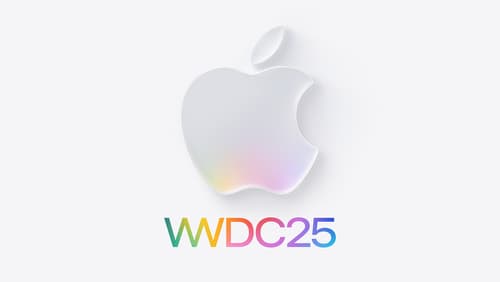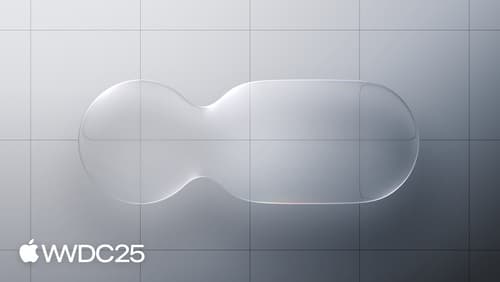介紹下liquid glass裡面新增了哪些材質 他和原本的material是相同用法嗎?還是有替代關係呢?
Asked on 2025-06-24
1 search
Liquid Glass is a new material introduced by Apple that brings a dynamic and fluid design to apps and system experiences across Apple's ecosystem. It is not a direct replacement for existing materials but rather an evolution that adds a new layer of interaction and visual depth. Liquid Glass is designed to be translucent and behaves like real glass, with properties such as specular highlights, refraction, and dynamic adaptation to content and context.
The material is used to enhance the appearance of app icons, UI components, and system elements by adding depth and a sense of physicality. It adapts to different contexts, ensuring legibility and maintaining clear separation from the content layer. Liquid Glass is composed of multiple layers that dynamically bend and shape light, providing a visually grounded experience that feels organic and immersive.
In terms of usage, Liquid Glass is not meant to replace existing materials but to complement them by providing a new way to interact with and present content. It is used selectively for key elements to enhance the user experience without overwhelming the interface. The material is available in two variants, regular and clear, each with specific use cases and characteristics.
For more detailed information on Liquid Glass, you can refer to the session Meet Liquid Glass (00:00:00).

Keynote
Don’t miss the exciting reveal of the latest Apple software and technologies.

Say hello to the new look of app icons
Get an overview of the new app icon appearances for iOS, iPadOS, and macOS, including light and dark tints, and clear options. Learn how to use frostiness and translucency to make your app icon more vibrant, dynamic, and expressive, and find out how to ensure your icon works well with specular highlights.

Meet Liquid Glass
Liquid Glass unifies Apple platform design language while providing a more dynamic and expressive user experience. Get to know the design principles of Liquid Glass, explore its core optical and physical properties, and learn where to use it and why.
